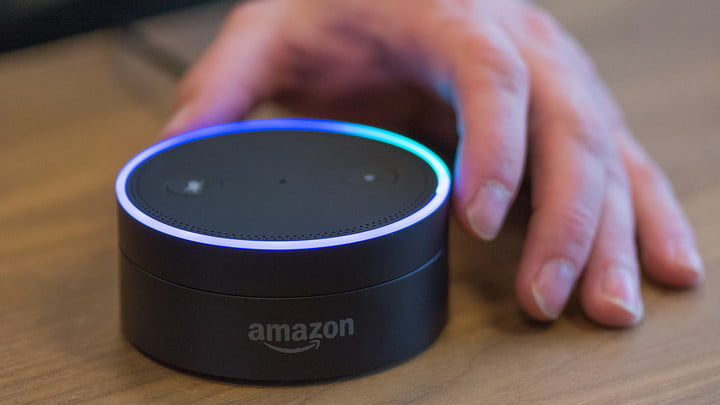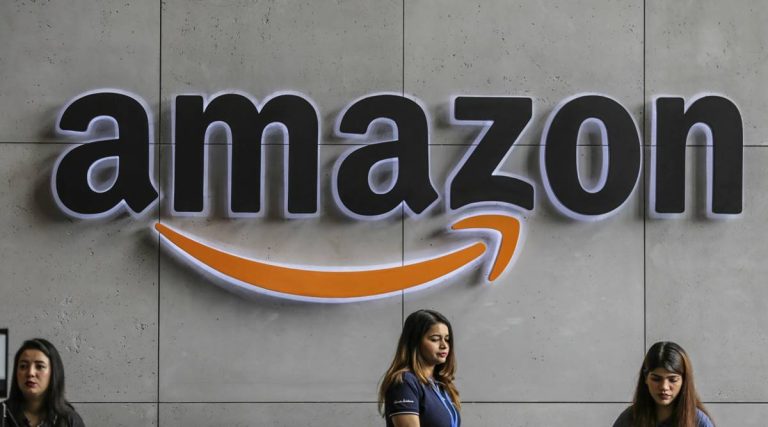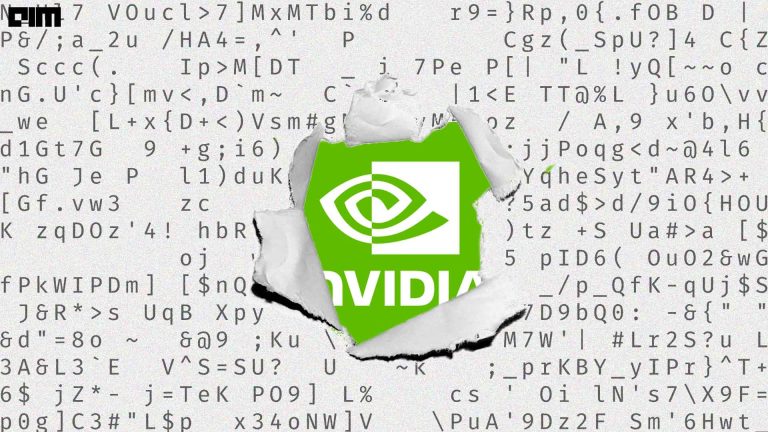Flipkart’s AI exploration and robotics space had led the company to adopt a technology that enabled humans and bots to work together seamlessly.
India is one of the fastest-growing markets for e-commerce in the world. Buoyed by affordable smartphones, deeper penetration of internet and high consumption growth, this market is set to grow and exceed $100 billion by 2022.
Catering to this rapid growth, e-commerce companies Amazon and Walmart-owned Flipkart are turning to technology-enabled solutions to deliver smarter, faster and better. While Amazon has been leveraging data and machine learning to keep its warehouse operations running smoothly, Flipkart had adopted a robot-based sortation technology – a first for India – at its sortation centre in Bengaluru to handle increasing order volumes.
Flipkart’s AI-Powered Bots
Flipkart’s AI exploration and robotics space had led the company to adopt a technology that enabled humans and bots to work together seamlessly. Nearly 350 AI-powered bots – monikered Automated Guided Vehicles (AGVs) – help operators process ‘4,500 shipments an hour at twice the speed and with 99.9% accuracy’.
Not just that, the company claims that with the emergence of these sophisticated robots, warehouse storage capacity and throughput has doubled as well. What is more, these compact bots are easy to maintain and quick to deploy, giving Flipkart the flexibility to create nimble distribution networks. The e-tailer had used it extensively during its flagship pre-Diwali sale Big Billion Day last year.
These bright orange robots – about the size of a Roomba – are loaded with sensors which ensures that they do not bump into each other, but rather, operate like self-driving vehicles on the road. Programmed to run 7-8 hours on a single charge, these self-charging units automatically guide themselves towards designated charging points when batteries are down.
The AGV setup operates on three levels – ground level, where packages are sent; level two, where bagging operations are conducted; and level three, where packages are sorted according to the addresses.
Once a customer places an order on Flipkart, the package is dispatched from a warehouse to this sortation facility. It is then transported on a trolley to the ground floor, following which it is loaded by operators on to a conveyor belt from where it reaches level two. Here, the package is picked up manually and placed on a bot, barcode side up.
The AGV then passes under a barcode scanner, where its algorithm identifies the address and thereafter, directs it to the designated chutes. The package is then dropped, bagged and sent on its way to the customer. In fact, the complete life-cycle of this package at the centre is a mere one and a half hours!
This complex AGV project was completed in just five months and had been going through various iterations since 2018. Not only does it offer speed, accuracy and safety, the tech setup is also space-efficient since it employs vertical space utilisation – a unique feature in traditional sortation centres. What is more, it also reduces multiple touchpoints that typically happens during the sorting process, minimising the chances of damage.
Amazon
Amazon’s fulfilment network comprises a variety of building types and sizes. Each of these is set up like a Manhattan-style grid and houses 1-4 million bins on the order of 10 million packages. The company uses computer vision systems to analyse images to securely monitor and regulate all key operations.
The company’s Chief Scientist for Worldwide Operations Russell Allgor has helped build systems guided by AI and ML that manages and delivers customer orders efficiently and effectively across its 175 fulfilment centres.
Allgor first makes decisions around which packages to pick at the same time in order to get the items on the same box. According to him, this is a large optimisation problem and using the resulting information, his team tries to minimise the distance that needs to be covered when making the deliveries.
Amazon has been using decision engine, decision logic and AI to make those decisions in real-time on a constant basis. Using these technologies, the company makes predictions around the likelihood of when it would need access to the delivery vehicle in say, the next hour, two hours, three hours, and so on. In simple terms, it uses ML to build information around how long it takes to travel from point A to point B.



















































































